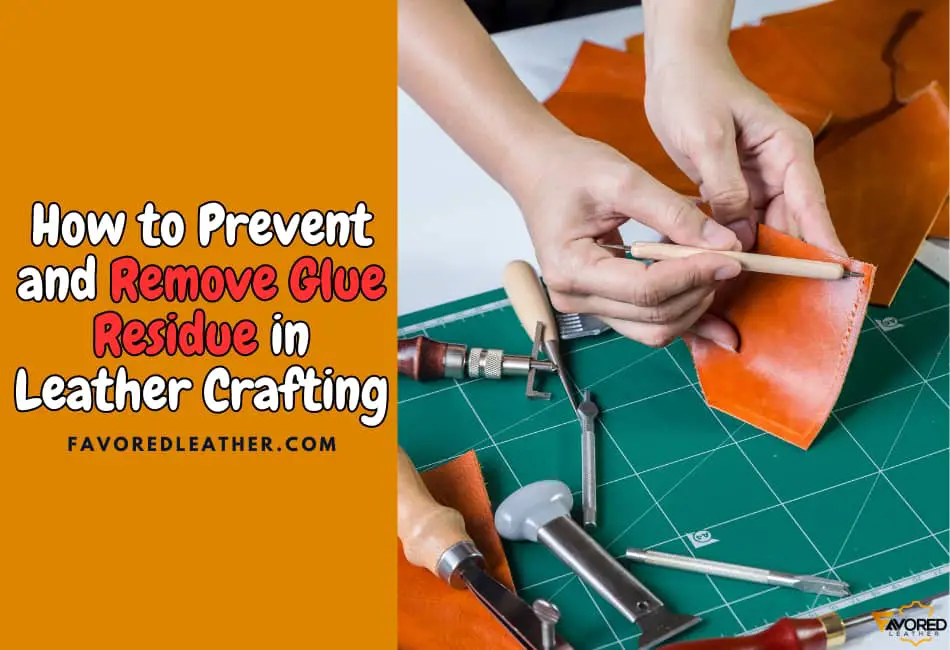Dealing with glue residue is one of those challenges that can really take the shine off an otherwise perfect leather project.
Whether you’re using glue to bond pieces together or as a temporary hold, the last thing you want is unsightly residue marring your work.
Over the years, I’ve learned a few tricks to manage glue more effectively, and in this post, I’ll share what I’ve found helpful, including insights into the different types of glue for leathercraft and how to avoid those residue issues.
Understanding Different Types of Glue for Leather Crafting
Not all glues are created equal, especially when it comes to leather. Choosing the right type of glue is crucial to avoid residue and ensure a strong bond.
Types of Glue:
- Contact Cement: This is a popular choice for leather crafting because it provides a strong, permanent bond. However, it can leave behind sticky residue if not applied carefully.
- Rubber Cement: Often used for temporary bonds, rubber cement is easier to clean up but doesn’t offer as strong a hold as contact cement.
- White Glue (PVA): This is my go-to for many projects because it’s easy to work with and less likely to leave behind residue. However, it requires careful application to avoid excess glue spreading onto the leather.
What I Use:
I primarily use white glue (PVA) in my projects because it’s versatile and forgiving. While it’s not as strong as contact cement, it’s perfect for applications where you need a bit of flexibility. The key is to apply it sparingly and clean up any excess immediately.
Tips for preventing glue residue on leather crafts
Apply Glue Sparingly
Less is more when it comes to glue application. Applying too much glue increases the chances of it seeping out from the edges and leaving residue on your leather.
How I Do It:
I’ve learned to apply a thin, even layer of glue using a small brush or applicator. This allows me to control the amount and avoid excess glue.
If I do notice any glue starting to seep out, I quickly wipe it away with a damp cloth before it dries.
Clean Up Residue Immediately
Glue residue is much easier to deal with when it’s fresh. Once it dries, it can be difficult to remove without damaging the leather.
What I Do:
I keep a damp cloth or sponge nearby whenever I’m gluing. As soon as I notice any excess glue, I gently wipe it away.
For stubborn spots, a bit of rubbing alcohol on a cloth can help, but I always test it on a scrap piece of leather first to make sure it doesn’t discolor the material.
Conclusion
Glue residue doesn’t have to be a frustrating part of your leather crafting experience. By understanding the different types of glue, applying it sparingly, using protective measures like painter’s tape, cleaning up immediately, and utilizing a glue scraper when needed, you can keep your projects looking clean and professional. These tips have saved me countless times, and I hope they help you too. Happy crafting!

